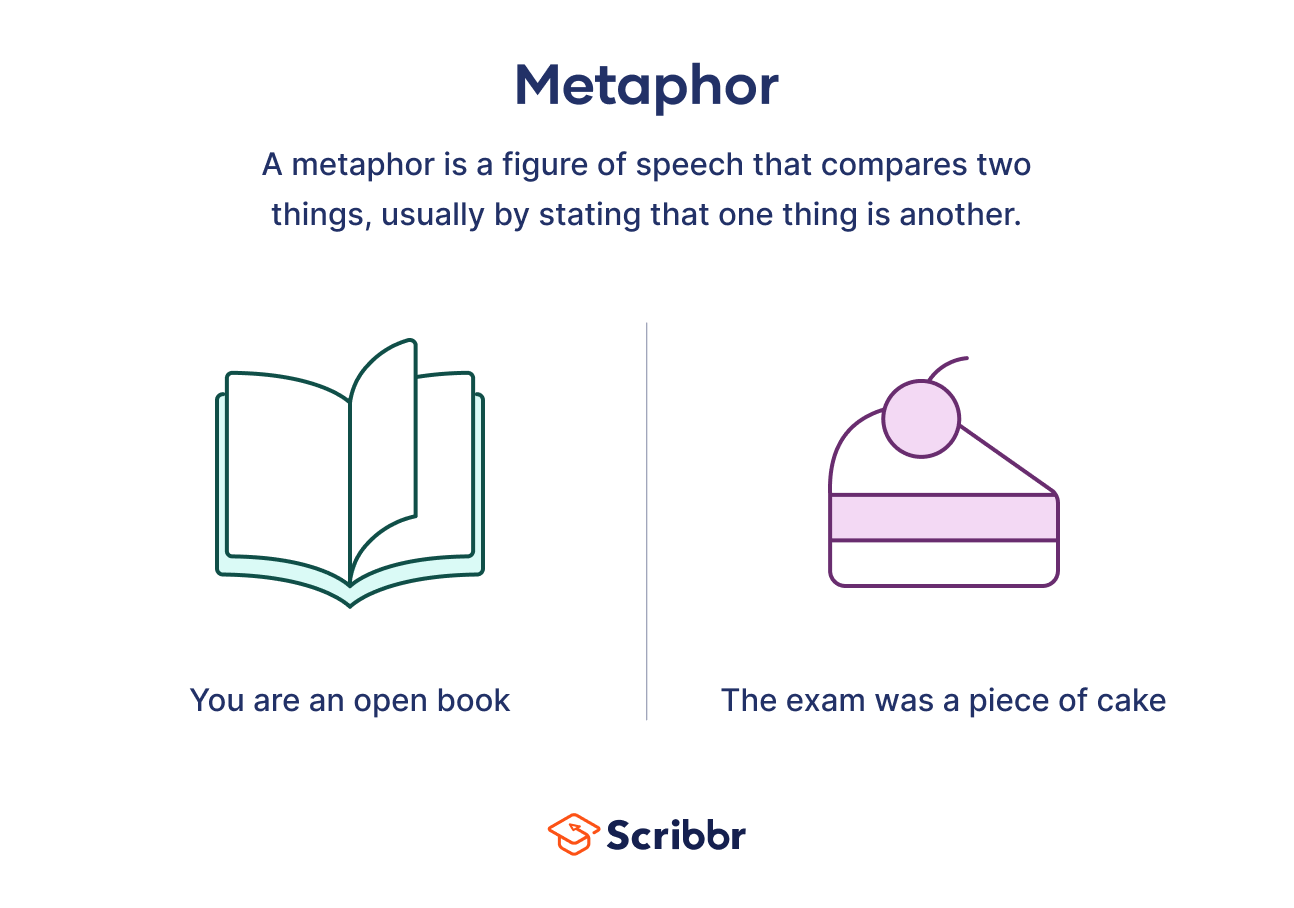
Metaphors are powerful tools in literature, allowing writers to convey complex ideas and emotions through vivid imagery. Among the various types of metaphors, construction metaphors stand out for their ability to link the physical act of building with the creation of meaning, identity, and narrative. By employing architectural imagery, authors can construct layers of significance that enrich their storytelling and engage readers on multiple levels.
This article explores the use of construction metaphors in literature, examining how they serve to build meaning through words. We will analyze key examples from various literary works, highlighting the significance of these metaphors in shaping themes, character development, and narrative structure.
The Role of Construction Metaphors in Literature

Building Narratives:
Just as construction involves assembling materials to create a structure, literature often involves piecing together words and ideas to form a cohesive narrative knowledge. Authors use construction metaphors to illustrate the process of storytelling, emphasizing the intentionality behind their craft. For instance, a writer may describe their work as “laying the foundation” for a story, suggesting that every element is carefully chosen to support the overarching theme.
Creating Identity:
Construction metaphors can also reflect the process of identity formation. Characters in literature often undergo a journey of self-discovery, akin to the process of building a home or a life. By using metaphors related to construction, authors can explore how individuals construct their identities through experiences, relationships, and choices. This theme is prevalent in coming-of-age stories, where protagonists metaphorically “build” their futures.
Emphasizing Structure:
In literature, structure is crucial to the effectiveness of a narrative. Construction metaphors can highlight the importance of form and organization in storytelling. For example, an author might describe a plot as having a “solid framework” or a “well-constructed arc,” suggesting that the arrangement of events is essential to the story’s impact. This emphasis on structure can also apply to the thematic elements of a work, where the interplay of ideas is likened to the careful assembly of architectural components.
Key Examples of Construction Metaphors in Literature
“The House of the Seven Gables” by Nathaniel Hawthorne:
In this novel, the titular house serves as a powerful metaphor for the characters’ intertwined lives and histories. The physical structure of the house reflects the emotional and psychological burdens carried by its inhabitants. Hawthorne uses inca construction imagery to explore themes of guilt, legacy, and redemption, suggesting that the past is a foundation upon which the present is built.
“A Tree Grows in Brooklyn” by Betty Smith:
Smith employs construction metaphors to illustrate the protagonist’s growth and resilience. The tree in the story symbolizes hope and the potential for upward movement despite adversity. As the characters navigate their struggles, the metaphor of building a better life emerges, emphasizing the importance of perseverance and self-determination in constructing one’s future.
“The Great Gatsby” by F. Scott Fitzgerald:
Fitzgerald uses construction imagery to critique the American Dream and the façades people create to hide their true selves. The opulent mansions and grand parties serve as metaphors for the hollow construction of identity and social status. Gatsby’s elaborate house symbolizes his desire to build a life filled with love and acceptance, yet it ultimately reveals the emptiness of his pursuits.
Thematic Implications of Construction Metaphors
Identity and Self-Construction:
Construction metaphors often underscore the theme of self-construction, where characters actively shape their identities in response to their environments. This theme is particularly evident in works that focus on personal growth and transformation. For example, in “The Alchemist” by Paulo Coelho, the protagonist embarks on a journey of self-discovery, likening his experiences to the construction of a personal legend. The metaphor of building one’s destiny emphasizes the idea that individuals have the power to shape their own paths.
Societal Structures:
Literature frequently employs construction metaphors to critique societal structures and norms. By comparing social systems to buildings, authors can highlight the flaws and limitations inherent in these structures. In George Orwell’s “1984,” the oppressive regime is likened to a crumbling edifice, suggesting that the foundations of totalitarianism are inherently unstable. This metaphor serves to emphasize the fragility of power and the potential for rebellion.
Emotional Architecture:
Construction metaphors can also explore the emotional landscape of characters. Just as buildings can be designed to evoke specific feelings, literary works can use architectural imagery to convey the emotional states of characters. In Virginia Woolf’s “To the Lighthouse,” the shifting perceptions of the lighthouse serve as a metaphor for the characters’ inner lives. The lighthouse’s steadfastness contrasts with the fragility of human emotions, illustrating the complexities of love, loss, and memory.
The Impact of Construction Metaphors on Reader Interpretation
Engaging the Imagination:
Construction metaphors invite readers to engage their imaginations and visualize the connections between architectural imagery and thematic elements. By evoking physical structures, authors can create vivid mental images that enhance the reader’s understanding of the narrative. This engagement fosters a deeper emotional connection to the text, allowing readers to explore the layers of meaning embedded in the construction metaphors.
Facilitating Critical Analysis:
The use of construction metaphors encourages readers to think critically about the relationships between form and content in literature. By analyzing how authors employ architectural imagery, readers can uncover the underlying themes and messages within a work. This critical engagement not only enriches the reading experience but also cultivates a greater appreciation for the craft of writing.
Reflecting Cultural Contexts:
Construction metaphors often reflect the cultural contexts in which they are employed. Different societies have unique architectural styles and practices, which can influence the metaphors used in literature. By examining construction imagery, readers can gain insights into the cultural values and beliefs of a particular time and place. This understanding adds depth to the interpretation of a text and highlights the interconnectedness of literature and culture.
Challenges and Considerations in Using Construction Metaphors
Cultural Sensitivity:
When employing construction metaphors, authors must be mindful of cultural sensitivities and the potential for misrepresentation. Architectural imagery can carry different meanings across cultures, and it is essential to approach these metaphors with care. Authors should strive for authenticity and accuracy in their representations to avoid perpetuating stereotypes or misunderstandings.
Avoiding Clichés:
Construction metaphors can risk becoming clichéd if overused or applied without originality. Writers must strive to innovate and find fresh ways to incorporate architectural imagery into their narratives. By avoiding tired tropes, authors can create more engaging and impactful metaphors that resonate with readers.
Balancing Complexity and Clarity:
While construction metaphors can add depth to a narrative, authors must also ensure that their use does not overwhelm or confuse readers. Striking a balance between complexity and clarity is crucial for effective communication. Metaphors should enhance the narrative rather than detract from it, allowing readers to grasp the intended meanings without feeling lost.
Conclusion: Constructing Meaning Through Words
Construction metaphors play a vital role in literature, allowing writers to build meaning through architectural imagery and language. By exploring the connections between construction and narrative, authors can create rich, layered texts that resonate with readers on multiple levels. From themes of identity and self-construction to critiques of societal structures, these metaphors offer powerful insights into the human experience.
As we continue to analyze the use of construction metaphors in literature, it becomes clear that they serve as a bridge between the physical and the abstract, enabling authors to convey complex ideas and emotions through the language of architecture. By engaging with these metaphors, readers can deepen their understanding of the narratives they encounter, fostering a greater appreciation for the artistry of literature.
In a world where language is a tool for constructing meaning, the exploration of construction metaphors reminds us of the intricate relationship between words and the structures they build. Through the lens of literature, we discover the profound impact of architectural imagery on storytelling, inviting us to reflect on the ways in which we construct our own identities and narratives in the world around us.
Read Also About Monologue is a powerful literary and theatrical device, where a single character expresses their thoughts, feelings, or narrative to an audience.
Related Posts
 Literary Critique: Analyzing and Interpreting Literary Works Like a Pro (and Actually Enjoying It!)
Literary Critique: Analyzing and Interpreting Literary Works Like a Pro (and Actually Enjoying It!)
 Dunia Virtual: Serunya Menjelajah Semesta Digital
Dunia Virtual: Serunya Menjelajah Semesta Digital
 Transaksi Nontunai: Kelola Keuangan Simpel Tanpa Drama
Transaksi Nontunai: Kelola Keuangan Simpel Tanpa Drama
 Belajar Keterampilan Berpikir Kritis Bekal Mahasiswa Hadapi Dunia
Belajar Keterampilan Berpikir Kritis Bekal Mahasiswa Hadapi Dunia



